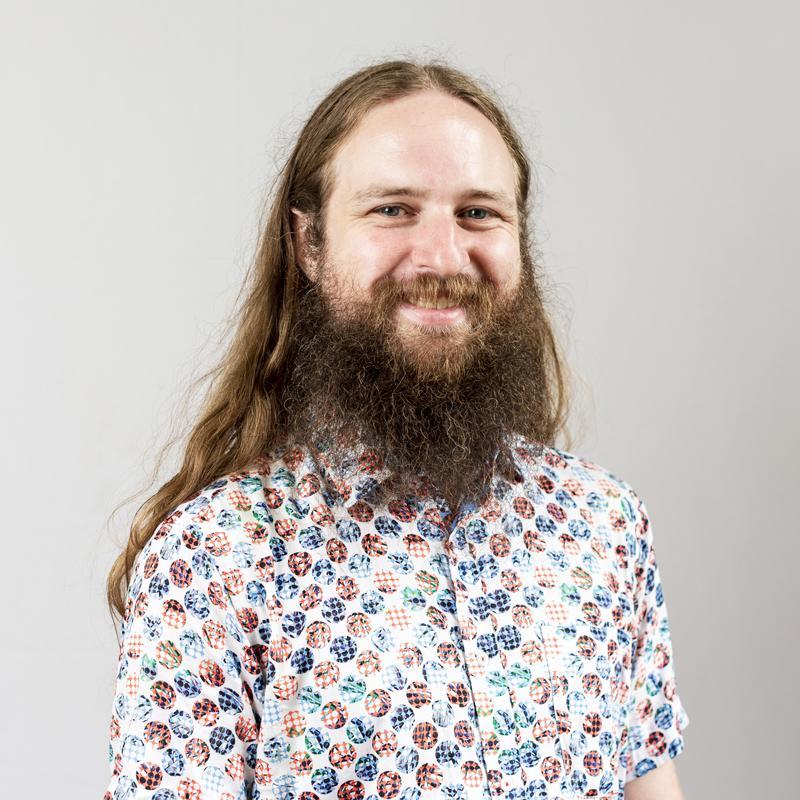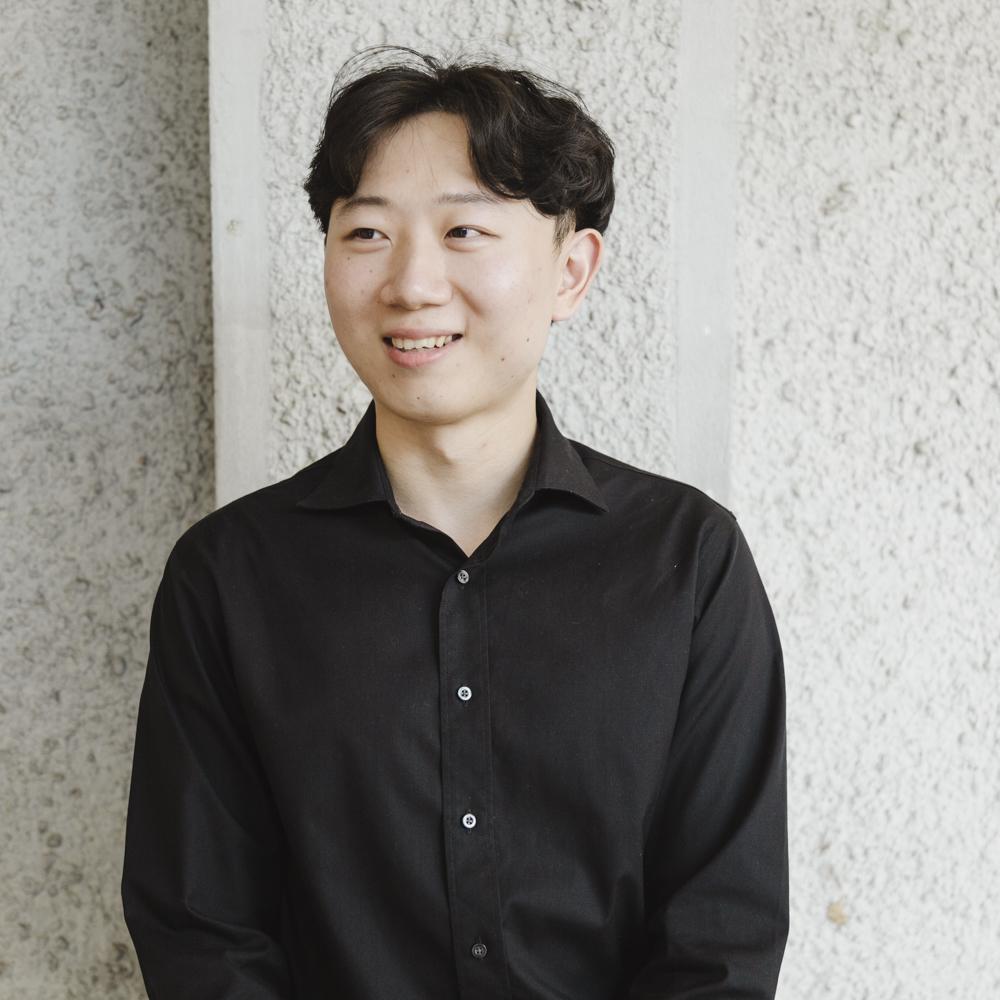
Peter de Jager, Associate Faculty
Q: Can you tell us about the Renaissance and Baroque Stories concert series. What makes Renaissance and Baroque Stories 3: The Blind Genius distinct from previous concerts in this series?
The most obvious difference is that this program is entirely composed of solo keyboard works! In the series so far, we’ve heard ensemble music from the very cusp of the Baroque era, representing the grand tradition of vocal polyphony in its final stages, and chamber works from later in the 17th and 18th centuries showing the new, more harmonic and humanistic style that emerged. Our concert goes back to the time of the high Renaissance of Italy, Spain, and England, and shows not only more intimate music, designed for home use, but also the flamboyant and largely improvised style of the church organist, a side of keyboard playing we don’t often witness on the concert platform.
Q: In this concert, ANAM pianists will be playing the harpsichord and the chapel organ in The Good Shepherd Chapel which ANAM rarely has access to. Why are these instruments included in this concert series. How do you find they will impact the overall sound of the concert?
These are the instruments which were most integral to the keyboard aesthetic of the 16th and 17th centuries and are indispensable for bringing this music to life. They allow one to easily bring out the clarity of texture and articulation, giving the music a grace, elegance, and emotional immediacy in keeping with the Renaissance ideals of logic and fine rhetoric. Modern instruments are designed to sustain and to sing; Renaissance and especially Baroque instruments are designed to speak.
Q: How do you balance historical accuracy and personal interpretation when playing a concert that aims to bring to life the music of the Renaissance and Baroque period?
With music from the 17th century and earlier, we are forced to make more of our own decisions. As there is less documentation of performance practices, and the scores themselves contain less information. They are used more like skeletons of a piece akin to a jazz chord chart, or a reference to jog the memory when one had otherwise learned the piece by ear. I find therefore a kind of freedom in approaching music from this period. We must decide on tempos, articulation, fingering, and different levels of ornamentation according to our own intuition, as well as trying to be as historically informed as possible. As keyboard players we are so lucky that this ancient repertoire is available to us. The only musicians in the western tradition who can claim a longer continuous repertoire are singers! And we may or may not be doing some singing during this concert…
I’ve had an amazing time working with the ANAM pianists (or I should say now keyboardists) on this rarely performed music. I hope to see many people at The Blind Genius on September 14th; I predict it will be a rather unusual and beautiful experience!

Po Goh (VIC) piano
Q: How does Renaissance and Baroque music differ in technique and artistic approach, compared to performing work from other historical periods?
This is my first encounter with music of the Renaissance period, and I found that simply its temporal label made me approach it with a lot of unsurety and questions. I knew that a lot of the conventions and ideals that inform a performance of music from other historical periods were not in practice yet. But I soon came to find this music had the same intrinsic sense of rhythm, line, and expression - it is still music after all.
Q: What has it been like learning and performing repertoire for the harpsichord and organ? Are there any differences to performing on piano?
The harpsichord and organ are very different beasts to the piano, yet a lot of piano technique that I've been working on this year has been relevant to playing these instruments. One key difference is the harpsichord and organ's lack of pedals. One must be fervent in holding down keys to achieve long sounds and form desired harmonies. Yet this year, I've also been discovering the power of hand-pedal at the piano to find more nuance in colour and control of harmony. It's interesting to see how one instrumental technique informs the other.
Q:What is your favourite piece featured in the concert, and why? What would you like audiences to take away from this piece.
I've been especially enjoying the Pavan and Galliard by William Byrd, which I'll be performing on harpsichord. The Pavan is a slow, meditative work imbued with an air of despair through its simple harmonic movement and expressive melismas. The Gaillard is light-spirited, and almost transports me back in time to an old tavern where drinks are flowing, and laughter is plentiful. It is rare that we get to consume and appreciate this music, especially in a live setting. I hope that this concert gives our audience an opportunity to do some time-travelling.
Listen to Peter de Jager and Po Goh perform at:
Renaissance and Baroque Stories 3: The Blind Genius
Thurs 14 Sept 3pm
The Good Shepherd Chapel (next to Abbotsford Convent)